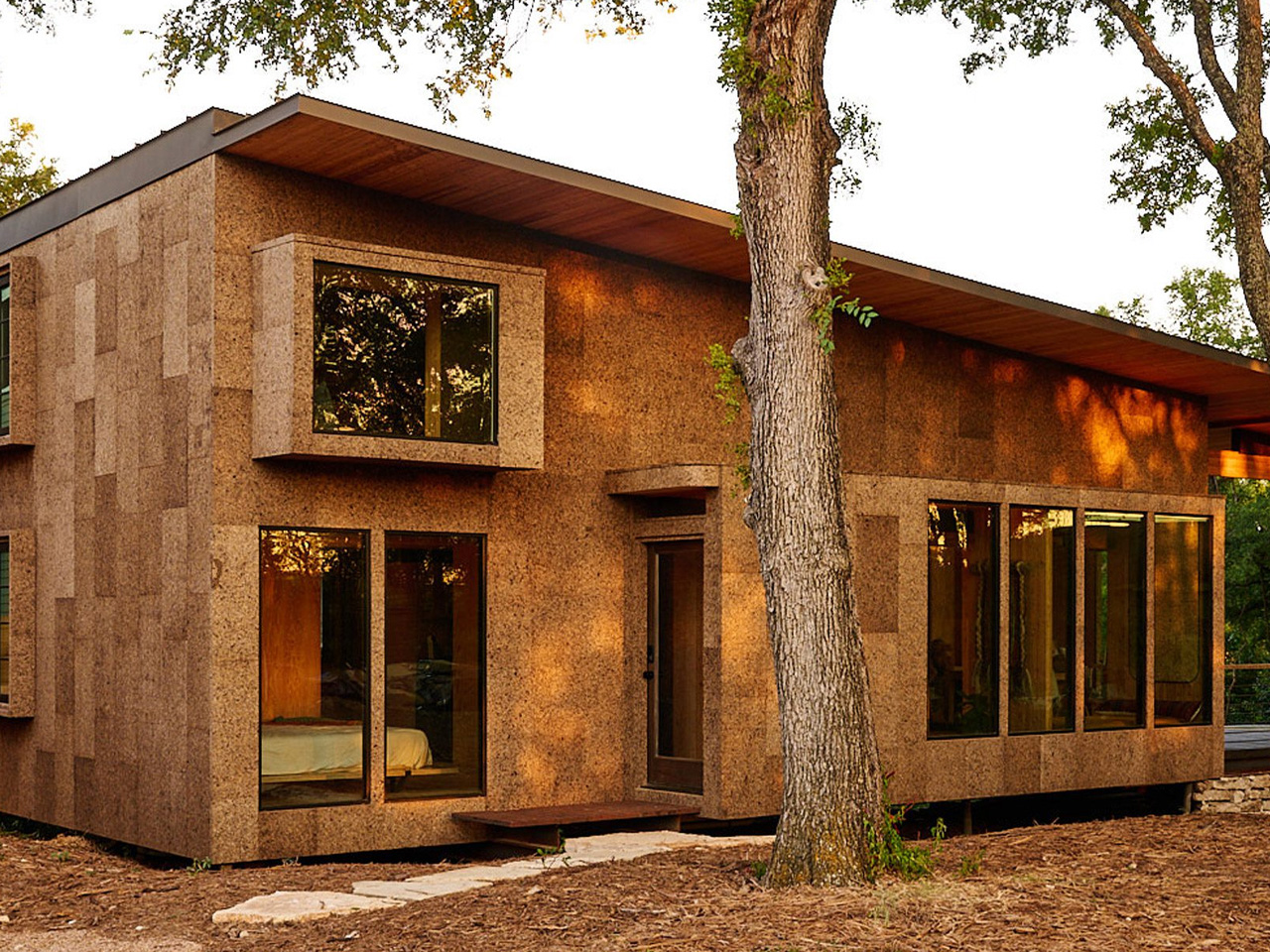
Texas-based Moontower Design Build recently created a “plant-based” cabin in Austin equipped with clever cross-laminated timber structural elements and a cork-clad facade. Named the Cross Cabin, the ADU occupies around 93 square meters, in a 743-square meter soling yard. The home provides surreal views of the horizon through the tree canopy. The Cross Cabin was completed in 2023, to build a holistic structure that is in adherence to the AIA Architecture and Design Materials Pledge. It is inspired by Micheal Pollan’s book Food Rules, and hence the studio used plant-based materials that were not very heavily processed.
Designer: Moontower Design Build
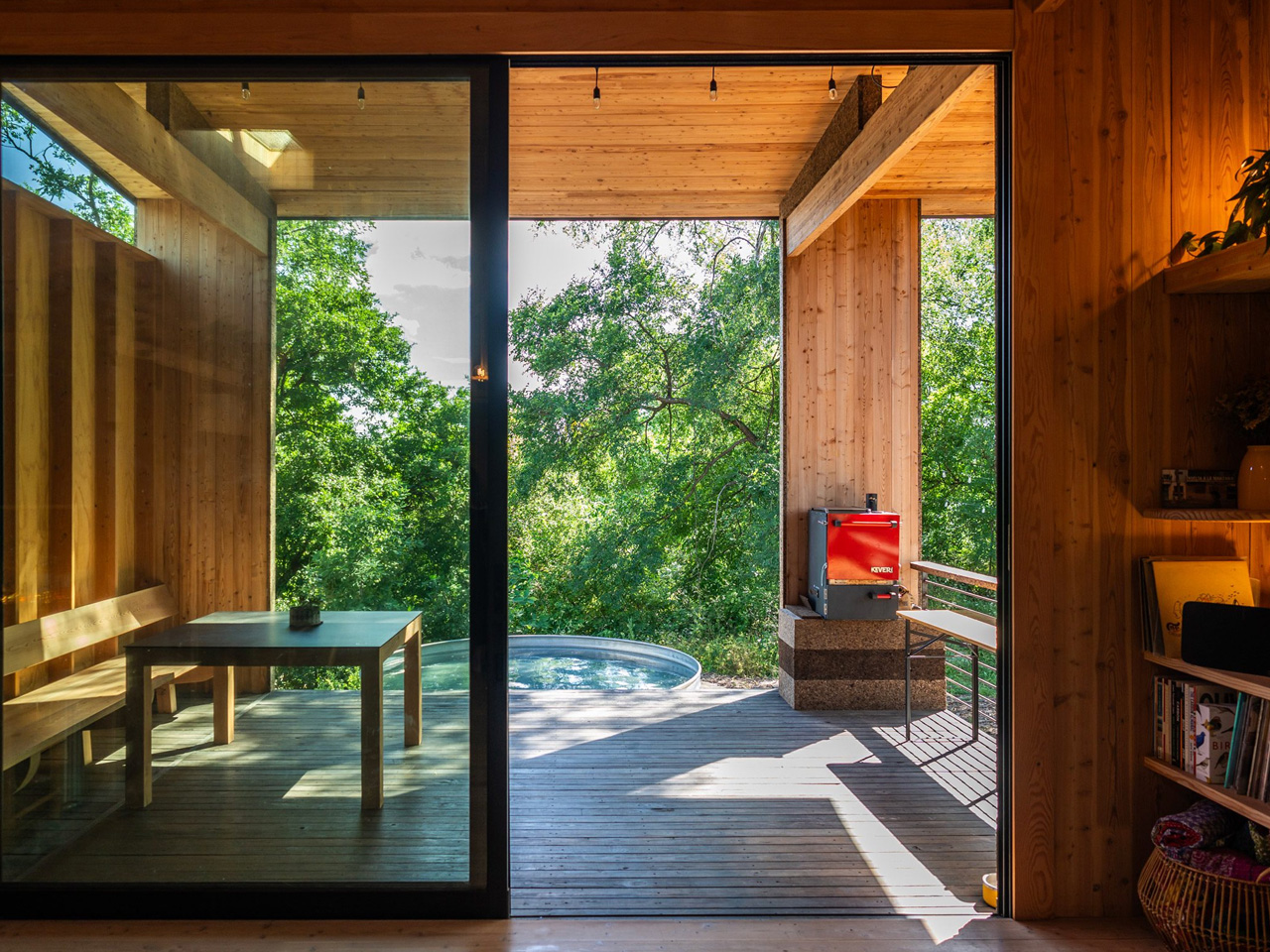
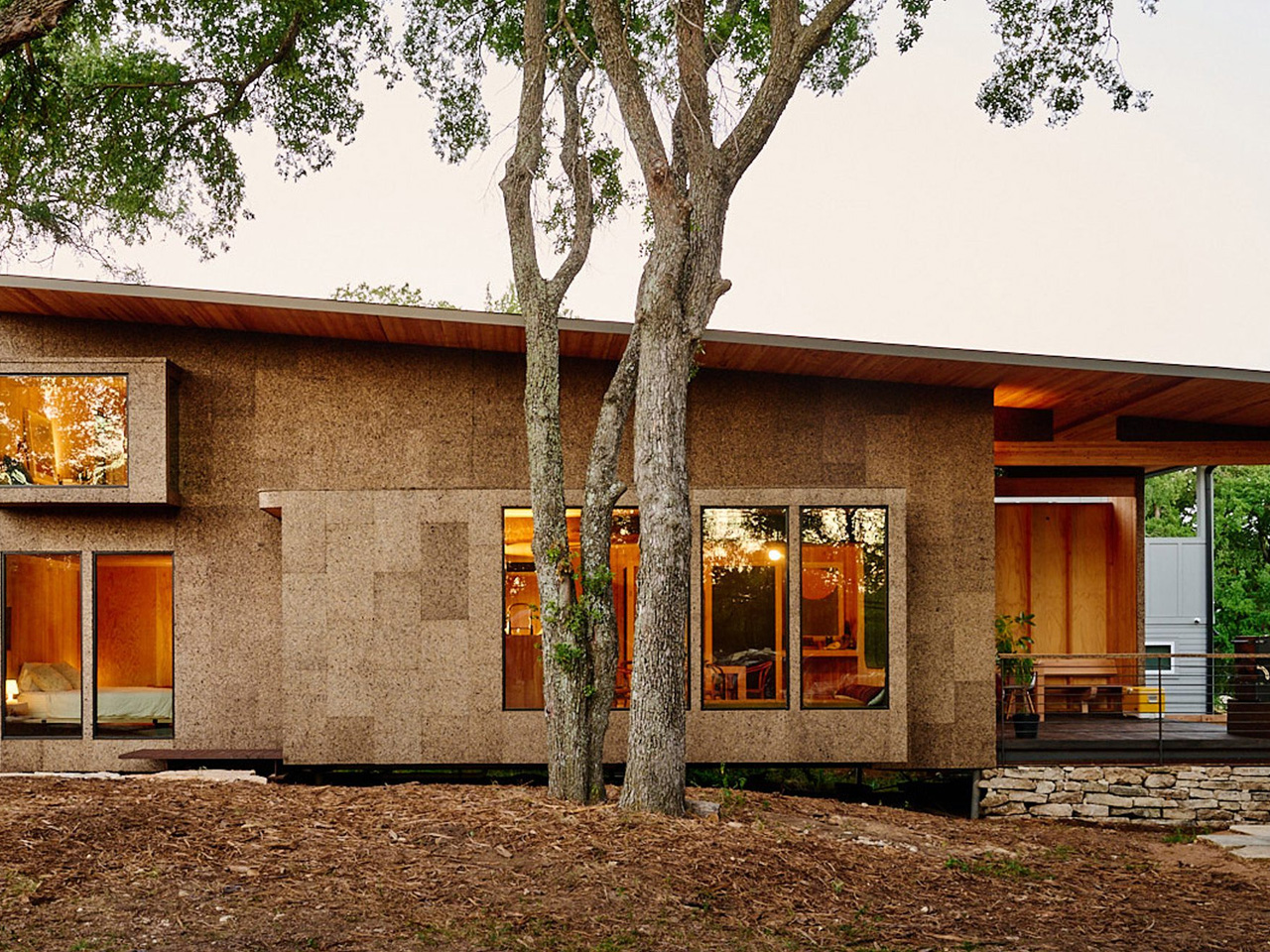
The studio formed a fascinating material palette to build a mesmerizing architectural experience. “These natural materials like wood and cork are repeatedly presented throughout the home in ways that are intended to provoke an unconventional sensory engagement with building materials,” said studio co-founder Greg Esparza. The building comprises an elevated cross-laminated timber box “blanketed with plant-based insulation like cork, hemp, and wood fiber.” The cabin has two stories and a geometric rectangular form. If you look closely, the facade of the cabin seems to look like tree bark, amped with changing tones of silver, amber, black, and brown cork cladding, which will weather with time.

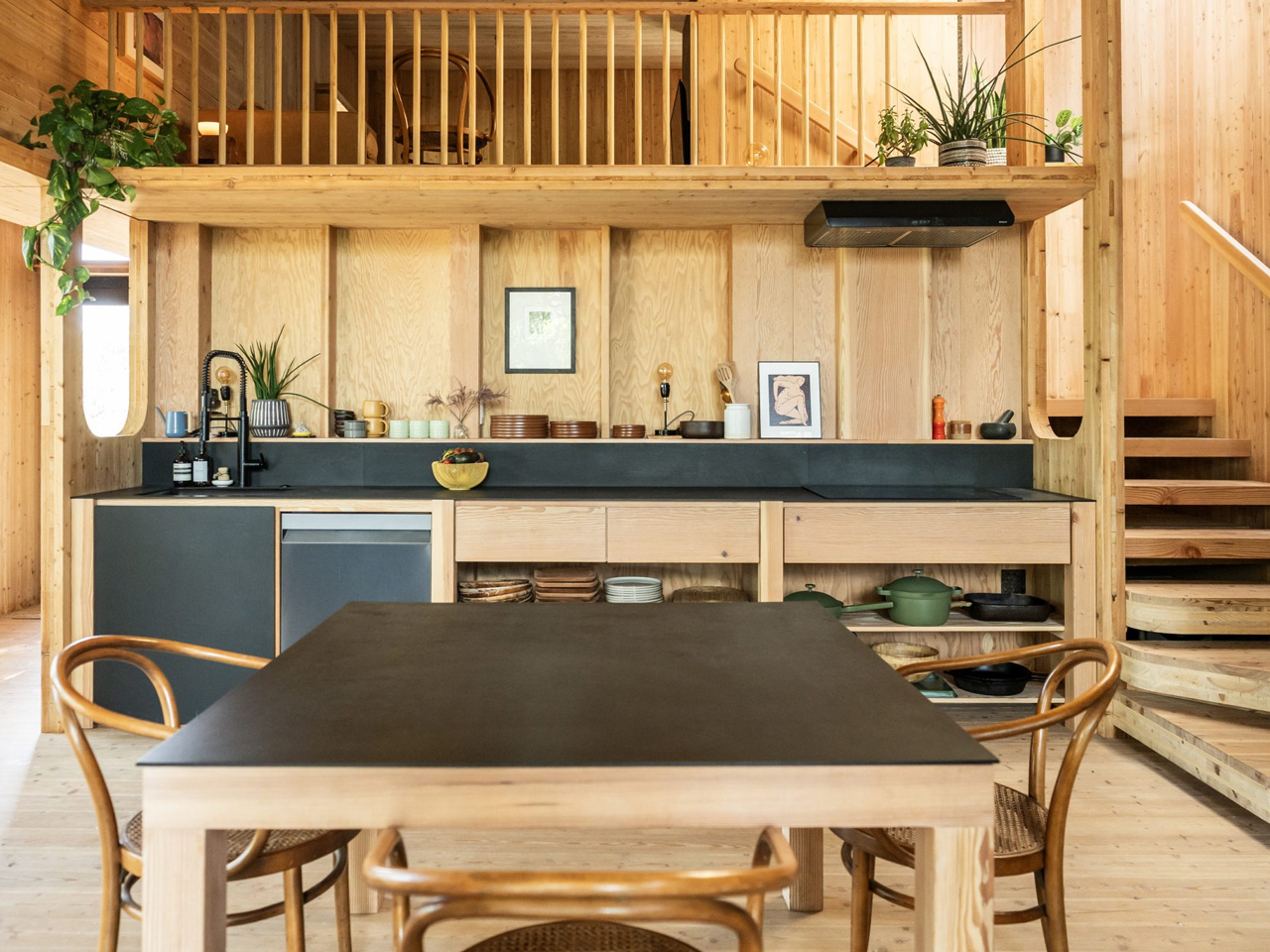
The cabin features a single-sloped roof that extends to shade the nooks, a big porch, and protruding windows. The cork-clad exterior of the home slowly converts into a wooden interior, amped with cross-laminated timber, solid-sawn lumber, plywood, and thermally treated Larch floor. The diverse wood finishes are either raw or finished with linseed oil. The interior is also equipped with expanded cork, which is 100% cork bark and a laminated recycled paper called Richlite.
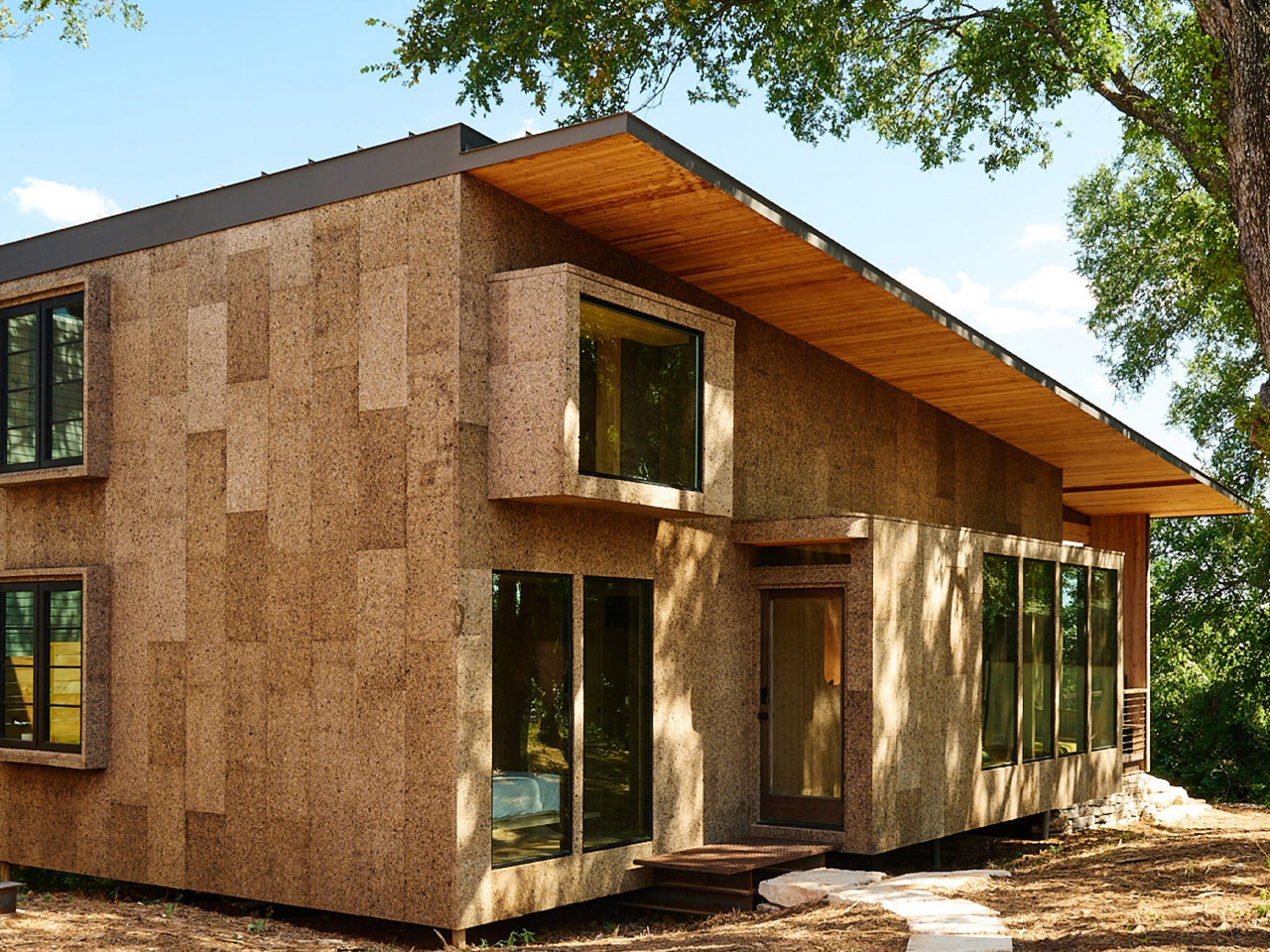
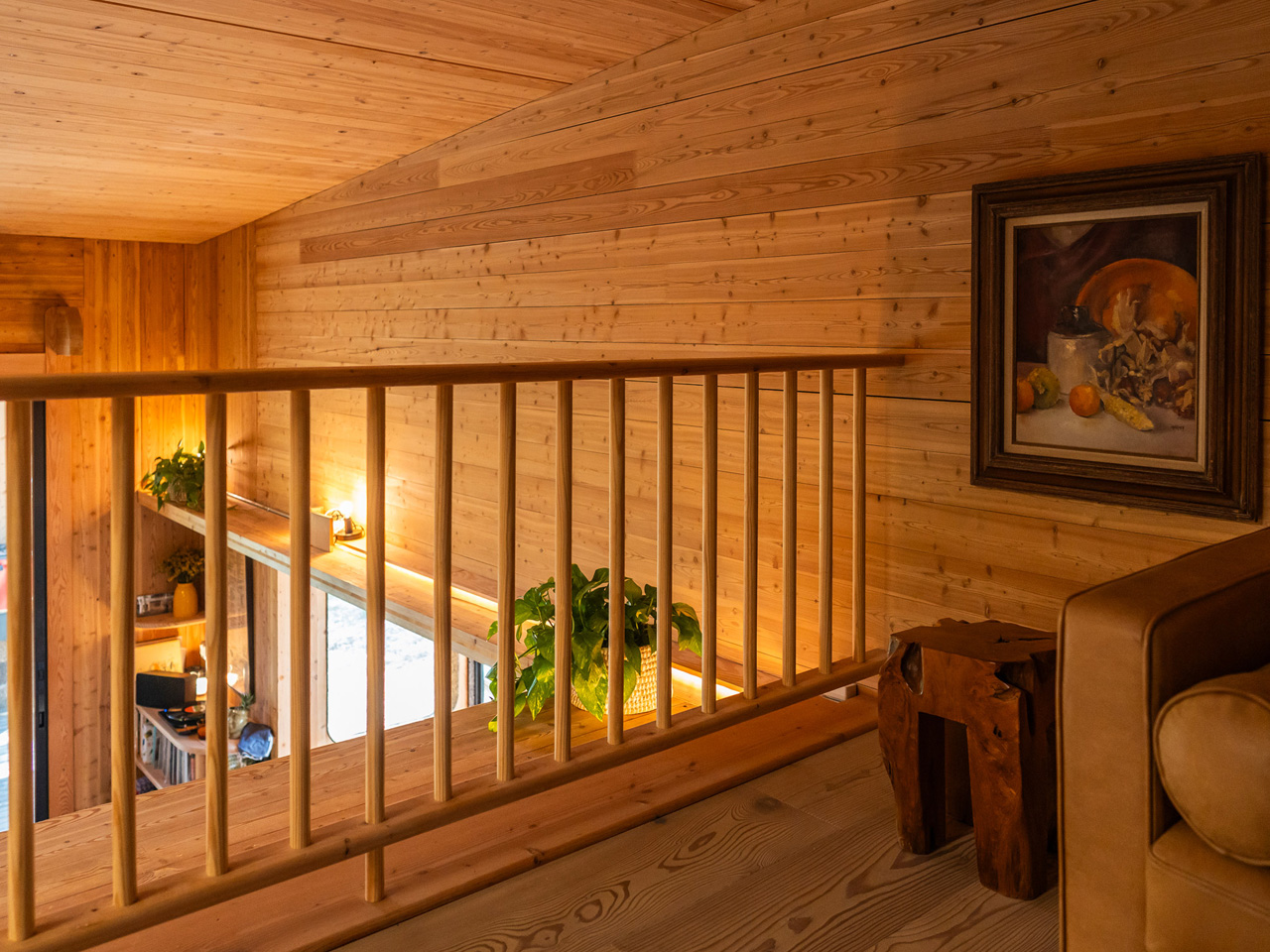
The cabin received compliments on how good it smelled since it completely lacked polyurethane sealants, which is a notable feat. “Thinking about smell, touch, heat, and sound as critical design considerations along with sight helped to guide the design and reinforce the singular advantages of minimally processed, natural materials,” said Esparza.”When you are in an intimately scaled space and you are interacting with materials by touching, holding, pulling, and pushing them there are numerous opportunities to appreciate subtle material qualities like the delicate striations, slight iridescence and rich color variations on the surface of the cork or the pleasing texture of a tree’s growth rings on wood floor or handrail,” he concluded.
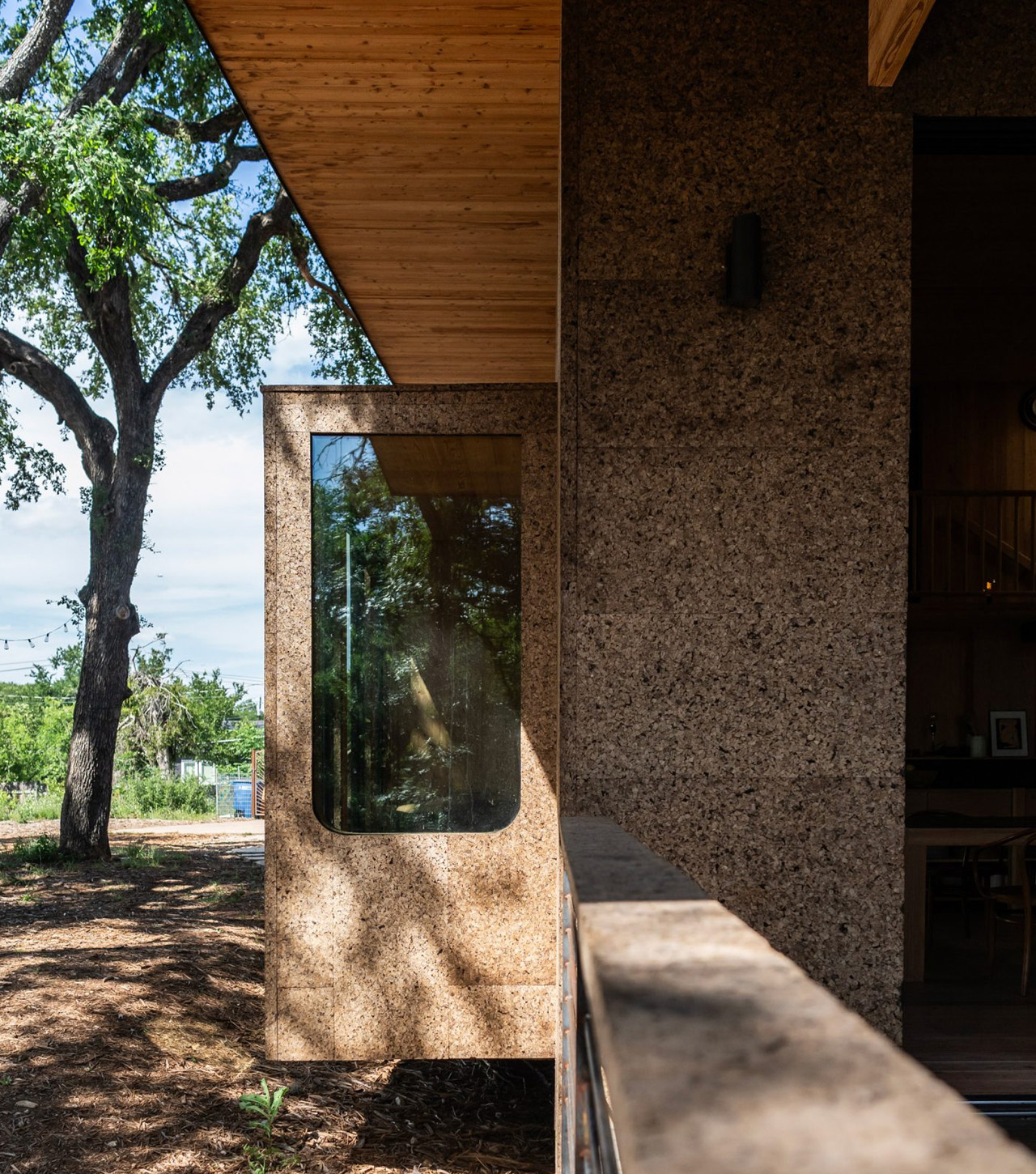
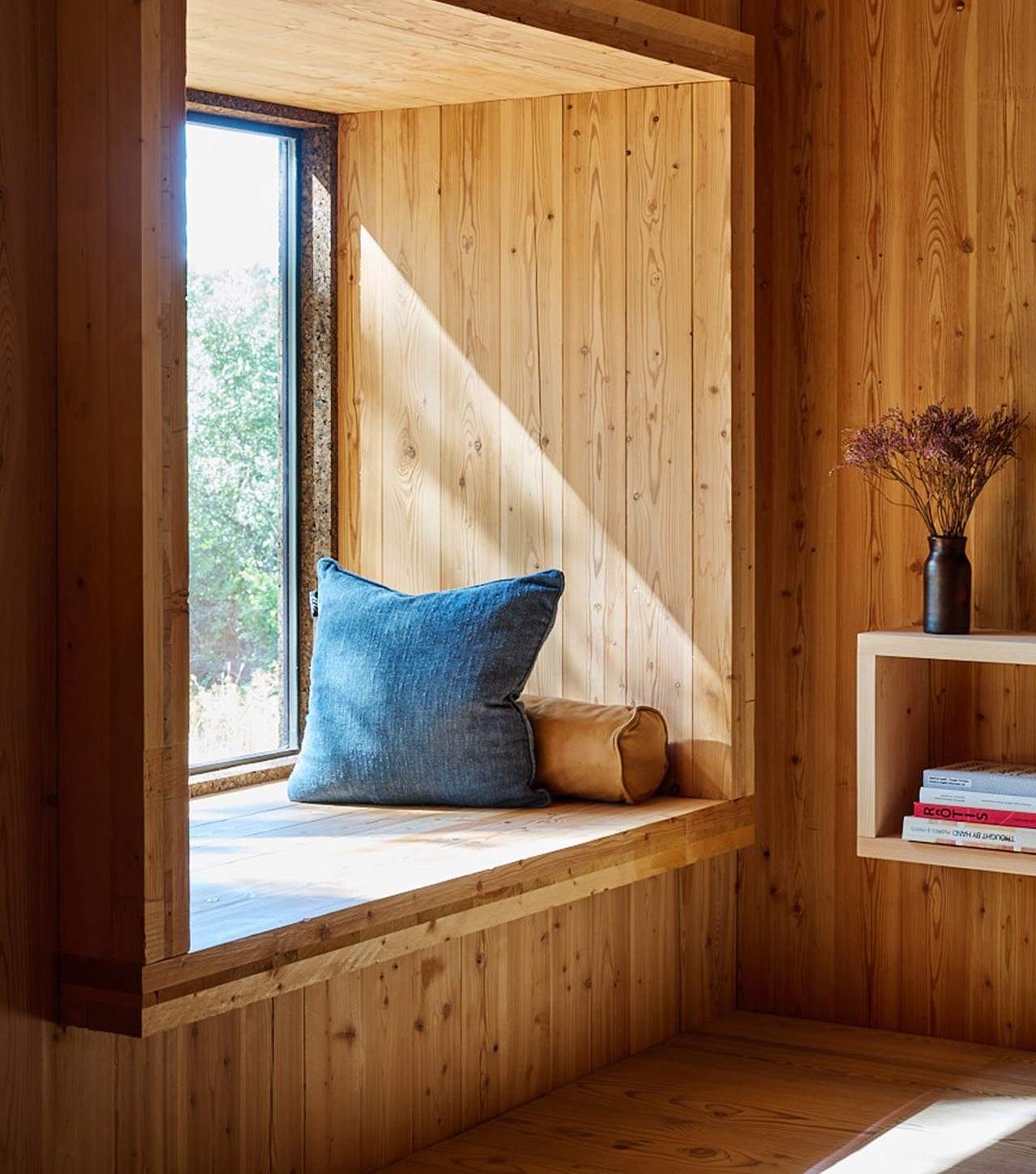
The post This ‘Plant-Based’ Cabin In Austin Eliminates Heavily Processed Or Synthesized Materials first appeared on Yanko Design.
0 Commentaires